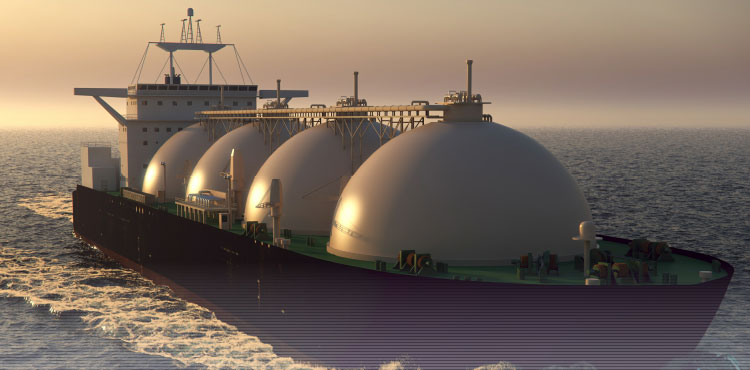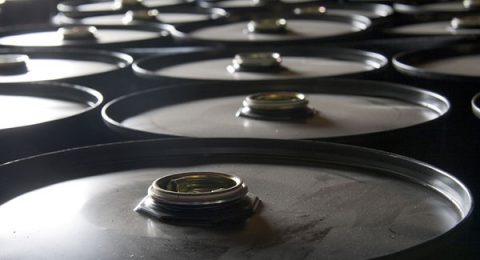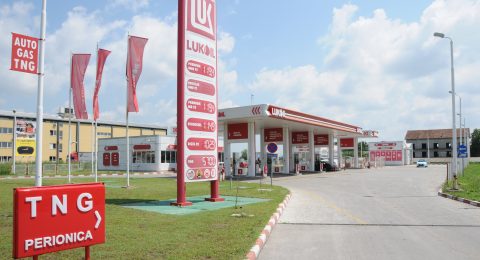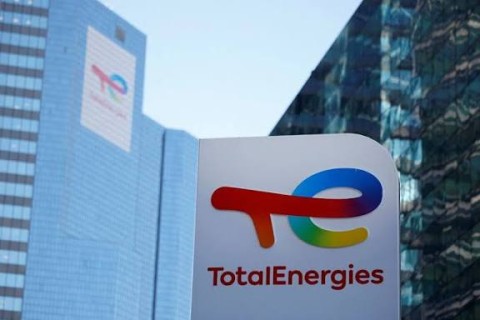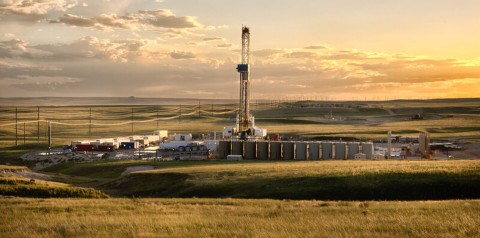In May 2021, the Organization of Arab Petroleum Exporting Countries (OAPEC) announced that Egypt has become one of the most growing Arab exporters of liquefied natural gas (LNG) during Q1 2021.
This came after achieving a 400% increase in Egyptian exports, which is about 2 million tons of LNG compared to the previous year. The report stated that this increase is due to the operation of Egypt’s Idku LNG plant at its full capacity, in addition to the reoperation of the Damietta LNG plant after an eight-year halt.
LNG in Egypt Over the Years
In Egypt, natural gas is one of the most significant energy resources after its first discovery in Abu Madi field in 1967. Egypt’s natural gas production has been steadily increasing to the point that the country became one of the world’s leading LNG exporters. In 2009, the Egyptian economy experienced fluctuation in the production of natural gas, due to political instability as well as the reduction of upstream investment and increase in demand. As a result, Egypt shifted from being one of the largest LNG exporter countries in the region to a net importer in 2016.
However, in 2015, the tides of the natural gas market turned in Egypt’s favor with the discovery of the Zohr field in the Mediterranean. Widely believed to be one of the largest natural gas discoveries in the region, Zohr field was a turning point for the country. In 2018, the Minister of Petroleum and Mineral Resources, Tarek El Molla announced achieving self-sufficiency of natural gas and that Egypt stopped importing LNG from abroad, due to the increased production of Zohr gas field. In 2017, natural gas represented 53% of the energy mix, while its contribution increased to 56.9% of the energy mix in 2020.
Egypt’s Crucial LNG Terminals
In North Africa, Egypt and Algeria are the only countries which have LNG terminals. Egypt has two main LNG facilities, the Idku and Damietta plants. These two terminals have been closed since 2012 due to market fluctuation, but they returned back to operation in 2020.
Located east of Alexandria, ELNG’s Idku Terminal was opened in 2001 with estimated investments of $2 billion. It was developed by Egyptian General Petroleum Corporation (EGPC) in partnership with Shell, Petronas, Edison and Engie; it is managed by the Egyptian Liquefied Natural Gas Company (ELNG). The plant consists of two LNG trains with a combined capacity of 7.2 million tons per year (mmt/y). This means it has the capability to export up to 10 billion cubic meters (bcm) of gas to the global market. Also, it was designed to accommodate four more trains. The terminal is supplied by Simian Sienna Gas Field and Sapphire Gas Field. The first cargo from this terminal was shipped on May 29th, 2005 carrying 129,000 cubic meters of gas.
SEGAS’ Damietta Terminal started construction in 2001 in Damietta, with investments of $1.3 billion and came on-stream during 2004. It was established to export natural gas to the Spanish and European markets. This terminal was operated by the Spanish Egyptian Gas Company (SEGAS), which is controlled by Union Fenosa Gas in partnership with Eni, EGPC and Egyptian Natural Gas Holding Company (EGAS). It is supplied with natural gas from the Temsah fields and Ha’py Development Area through the national gas grid, in addition to the Scarab and Saffron fields in the West Delta region. The plant has exporting capacity of 7.56 billion cubic meters per year (bcm/y). The first cargo from this terminal was shipped in 2004.
Egypt’s LNG Exports
During the past few years, Egypt registered unprecedented natural gas production rates reached to 7 billion cubic feet per day (bcf/d) at the end of 2020. During the period between 2015-2017, Egypt turned from an LNG importing country to a key player in the natural gas sector. In 2019, Egypt became second in Africa, the fifth in the Middle East and the 13th on a global level in terms of natural gas production. The average of Egyptian LNG exports during the period from 2016 to 2020 reached 2.06 bcm. Egypt recorded the highest rate of LNG exports in 2019 with a total amount of 4.5 bcm, representing 1% of the global supply in this year.
The rate decreased in 2020 by 60.4% to 1.8 bcm, due to lower oil prices as a result of the pandemic. However, Egyptian exports have increased during Q1 2021, after the reopening of Damietta plant ahead of successful negotiations that resulted in the signing of a settlement agreement at the end of 2020, according to an OAPEC report. The plant sent five shipments since the start of 2021 with a total volume of 300,000 tons. Bloomberg reported that when the Damietta plant reaches the peak of production, Egypt will be one of the top 10 LNG exporters in the world.
Currently, the Idku plant and the Damietta plants have a total LNG export capacity of 12.5 mmt/y. In addition, Fitch Solutions forecasted that in the short-term Egypt’s net LNG exports will reach a peak of 8 bcm/y by 2022, which will allow Egypt to fully “utilize its two LNG liquefaction facilities to target markets in both Asia and Europe. Both facilities benefit from being in close proximity to Europe, whilst also having easy access to lucrative markets in Asia through the Suez Canal.”
